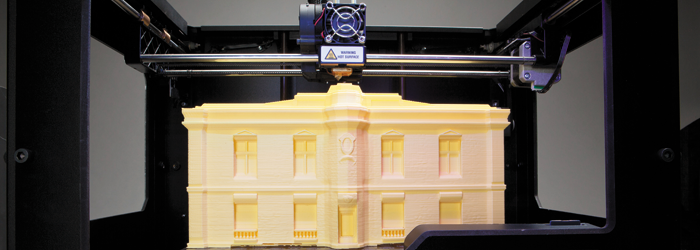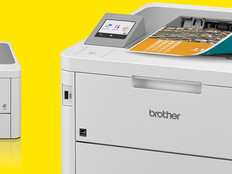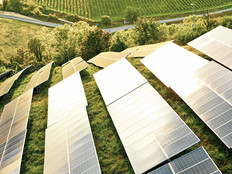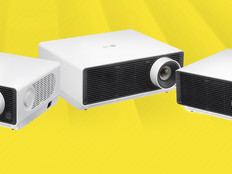Exploring All the Angles of 3D Printing
Two decades in the making, 3D printing has revolutionized the way industry produces objects ranging from toys, tools and food to airplanes, automobiles and body parts. The technology has also shown promise in government for urban planning and economic development.
For example, the cities of Louisville, Ky., and San Francisco worked with industry partners to develop 3D models of buildings. Urban planners can use 3D models to visualize traffic patterns, demographics and energy consumption. This data provides a better understanding of the way new buildings and infrastructure will affect the urban landscape and the residents who live and work there.
Urban planning is a logical application of 3D printing in state and local government because rapid prototyping has been one of the primary use cases for the technology since its inception.
“3D printing did start very strongly in the rapid prototyping area and has been used for that for the last couple of decades,” says Sophia Vargas, a researcher for Forrester Research’s infrastructure and operations team.
She expects public-sector deployment to drive interest in the technology and boost science, technology, engineering and mathematics (STEM) education.
Percentage of U.S. libraries that offer 3D printing
SOURCE: Information Policy and Access Center, “2013 Digital Inclusion Survey,” July 2014
Encouraged Entrepreneurs
Initiatives such as the Howard County Economic Development Authority’s 3D Maryland raises awareness about 3D printing as an engine for job creation. 3D Maryland established an innovation prototype lab at Howard County’s Maryland Center for Entrepreneurship, which houses five 3D printers, including models from 3D Systems and MakerBot.
A method of additive manufacturing, 3D printing creates objects by adding materials layer by layer. Typically, a computer creates a digital model, and a 3D printer then uses melted plastic or metal to produce objects from that model at a fraction of the cost of traditional processes such as forging, molding or sculpting.
Jan Baum, director of 3D Maryland, sees rapid prototyping or modeling as the primary use case for 3D printing at the state or local government level. “City planners are looking for visualization or proof of concept to move a project forward,” she says. “If a picture is worth a thousand words, a prototype is worth a thousand pictures.”

Power to the People
Libraries across the nation offer patrons access to 3D printers to spur innovation. In Sacramento, Calif., the Design Spot at the Arcade Library boasts three MakerBot Replicator 2 3D printers, along with PCs running Adobe Photoshop and Autodesk AutoCAD software.
“The real stars are the printers,” which Sacramento Public Library patrons use to create objects and toys, says Lori Easterwood, programming and partnerships coordinator. The first person to use the printer created a new oven knob to replace a broken one at home.
California’s Sunnyvale Public Library also attracts a mix of entrepreneurs, families, hobbyists and technologists. The library hosts a MakerBot Replicator 2 and an Afinia H-Series 3D printer.
“The social impact of 3D printing excites me,” says Lisa Rosenblum, Sunnyvale’s director of library and community services. “It brings people in who don’t come to the library that often or don’t think of the library as a place where they can make stuff.”









